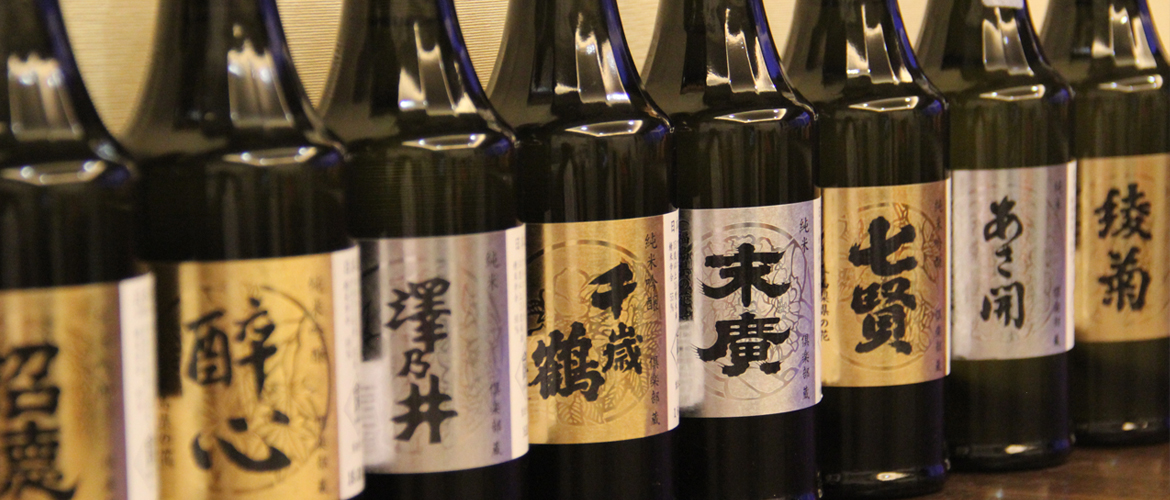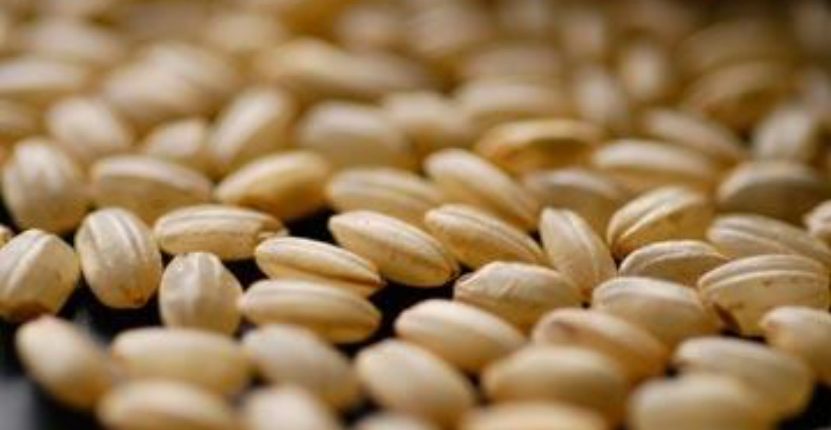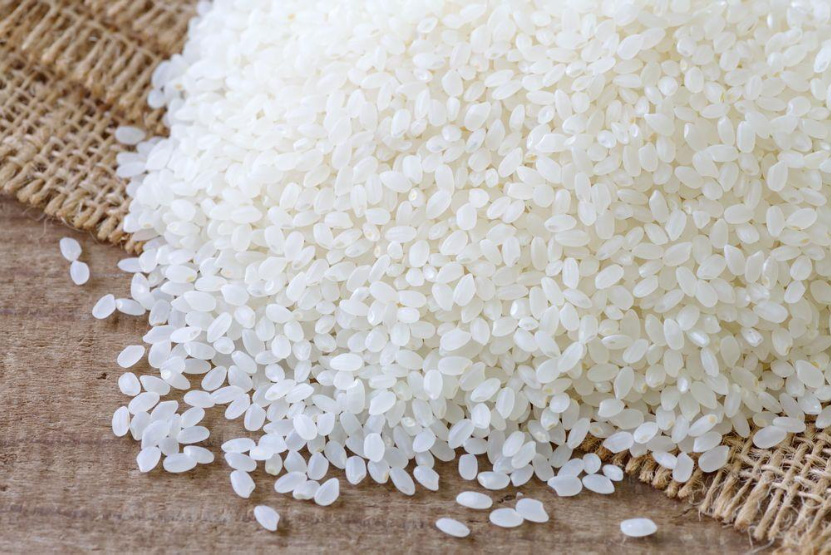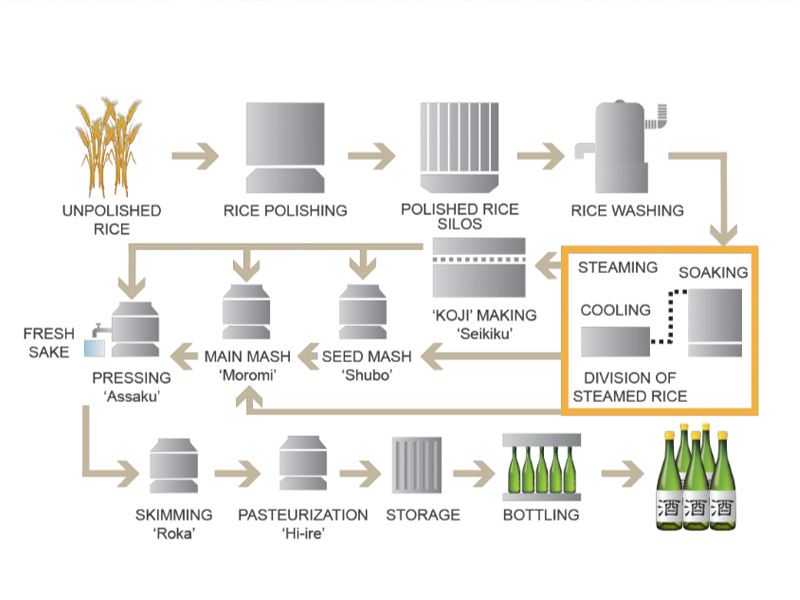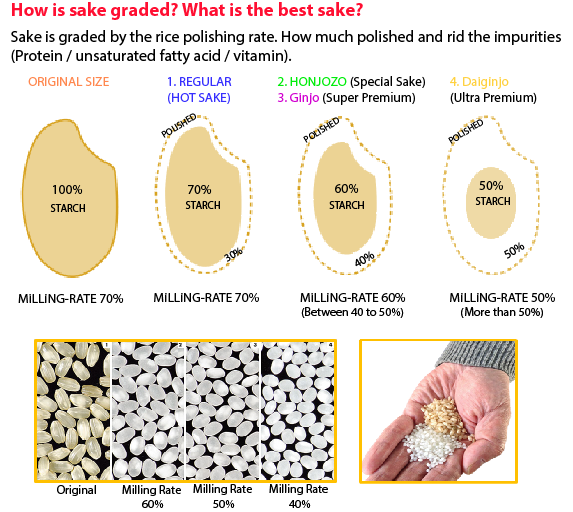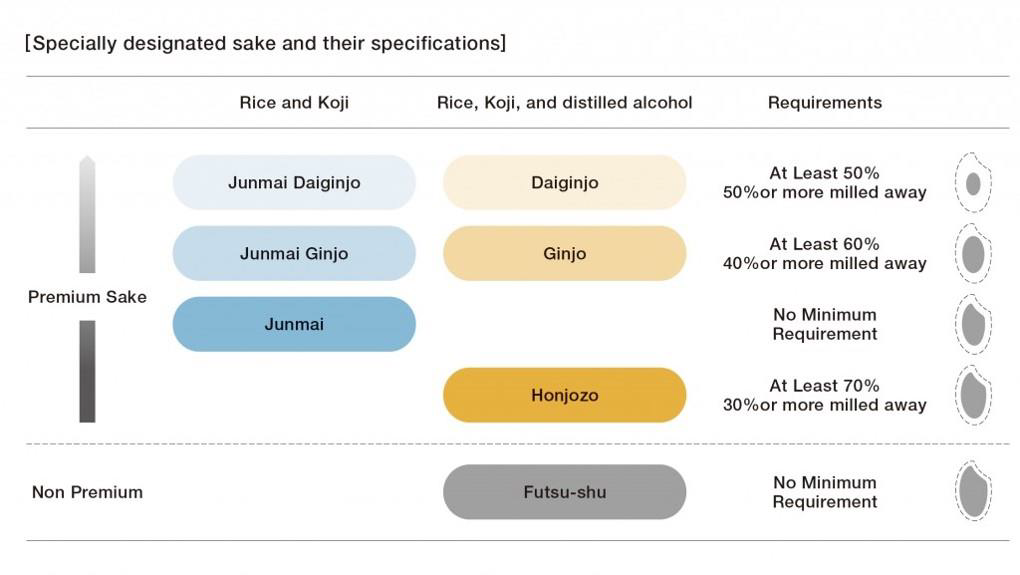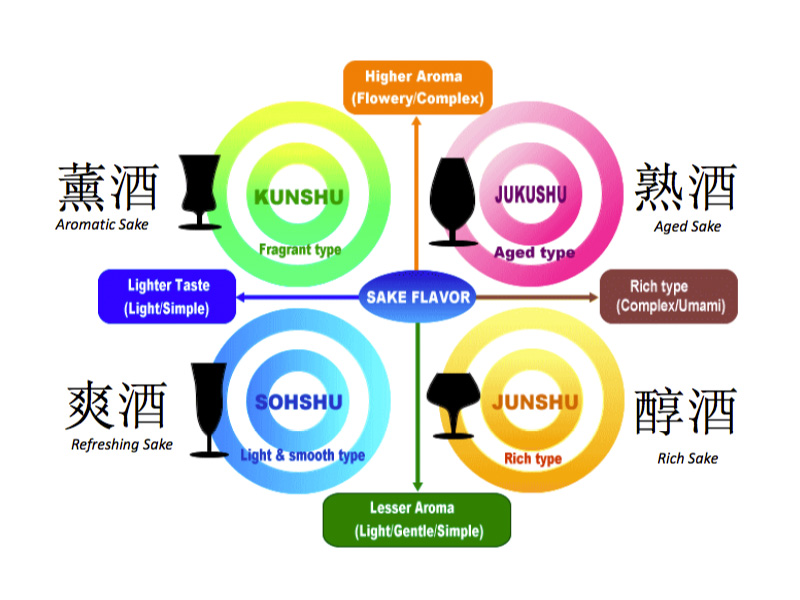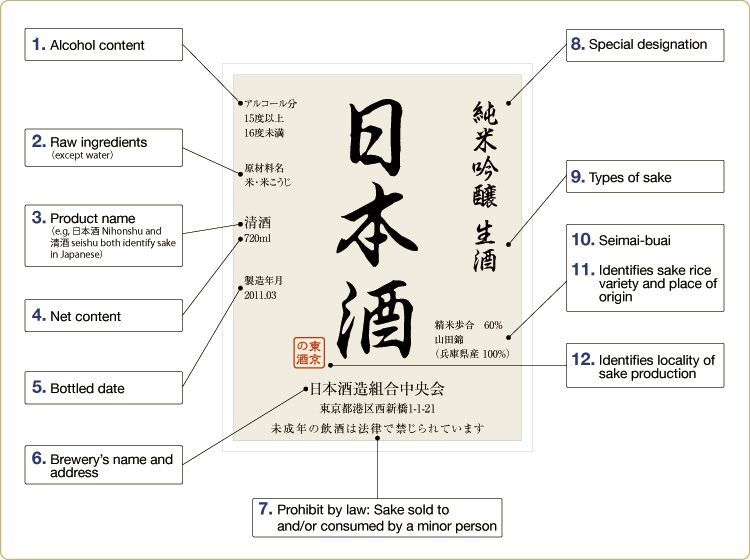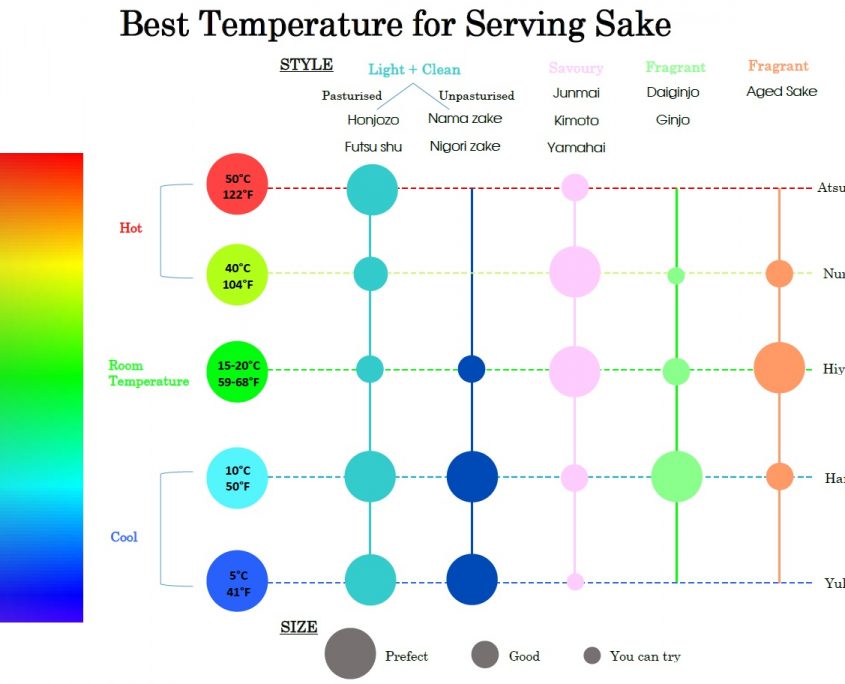Daiginjo / Junmai Daiginjo 大吟釀 / 純米大吟釀
Daiginjo stands for best level of sake, which super low polishing ration of rice brings out gorgeous aroma. Enjoy Daiginjo alone is a perfect idea, it’s full of fruity aroma.
Pairing with :
- Beef Tataki, Dried Fish, Goose Liver, Cheese & Chocolate

